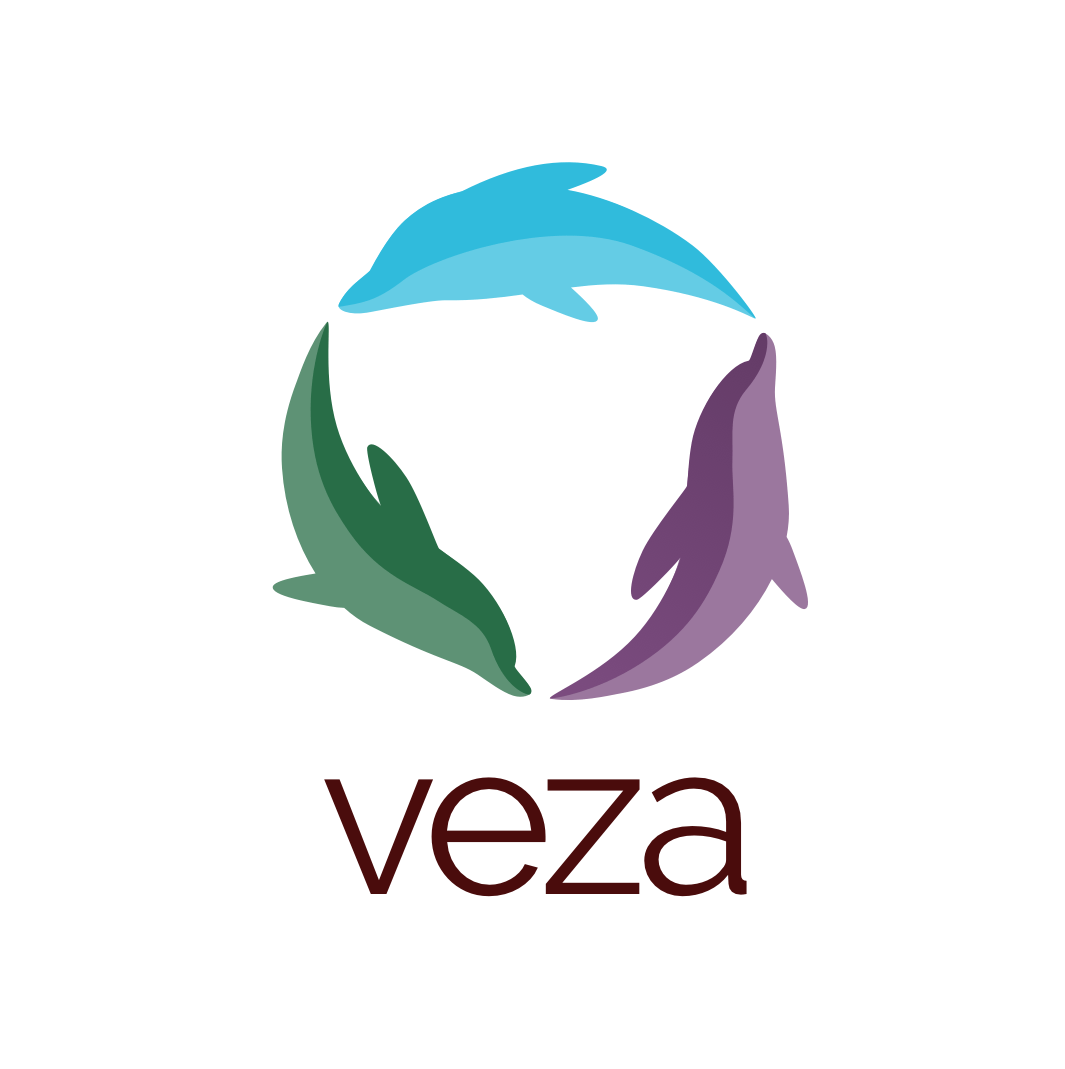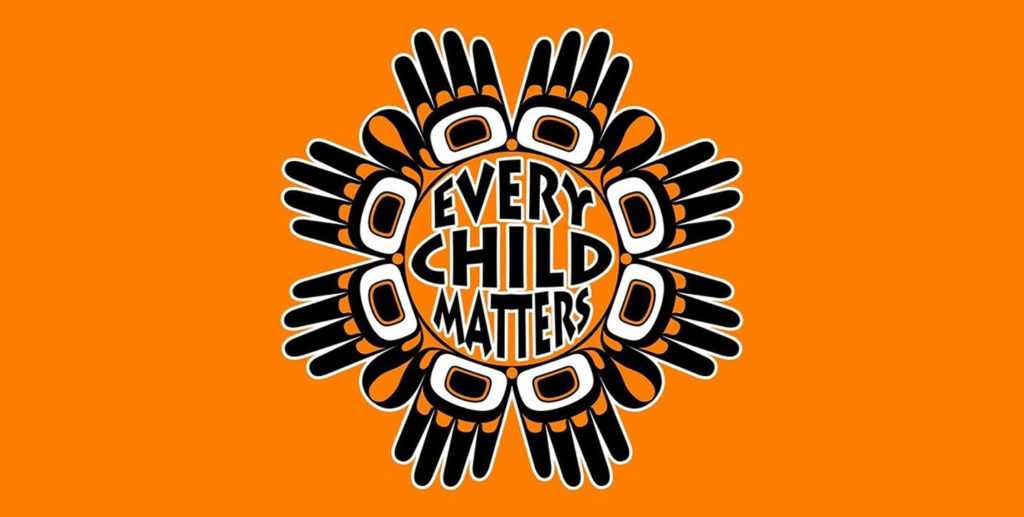The Truth has come out, now where are we on Reconciliation
Last week, the news of Indigenous children being found buried at the Kamloops Residential School sent waves of shock, despair, pain, trauma, grief, disgust, rage, sadness and other emotions undesirable and unmeasurable. Atrocities and genocide against Indigenous communities have taken place systematically across Turtle Island (North America). Indigenous communities continue to be impacted by colonialism today. Here in Canada, there is a real focus on Indigenous reconciliation. In the US however, it is not the same in terms of Residential schools but we know that other atrocities have taken place. Many of you who are in the US will know someone who is still impacted by these events, and the same goes for those of you who are in Canada. Please read below for information on how you can support.
I, Manpreet, am from Kamloops and was born and raised there. I went to school with others who had relatives who were taken away from their families and put into the Residential schools. My immigrant family has benefited and prospered on the very lands that surround where these children were found. I visited the Residential School for an Indigenous cultural experience when I was in elementary school. I personally didn’t learn about residential schools until I was volunteering in Botswana in 2009, where a group of Canadians were asked about the benefits of residential schools. I sat there and looked around the room where the cringing was apparent. I quickly researched on my phone what they were so I could take away from the conversation what I needed to know. I was appalled that I didn’t know anything about them as the entire concept is built on genocide and it happened here in Canada from 1876 -1996. There are still survivors amongst us who live with the horrors of being taken away from their families, from various types of abuse, having their culture beaten out of them and told that their culture needed to be erased and so much more.
Just imagine communities where all the children were taken away: a community where there is no play, parents are traumatized and grandparents/elders have no one to pass their knowledge/language and wisdom to.
This is how the genocide happened. Genocide defined in Oxford dictionary: “the deliberate killing of a large number of people from a particular nation or ethnic group with the aim of destroying that nation or group”
It was the fact that it was confirmed that these “missing” children were treated inhumanely and did not have a proper burial or honoring of their sweet innocence. It was the fact that these hideous acts have happened and approximately 5% of the population of Canada is impacted directly or indirectly by gut wrenching atrocities at the Residential Schools.
Ninety-five percent of the population lives on the unceded and ancestral lands of Indigenous peoples, we settled here without permission or an invitation so it is important that the 95% do their part in moving forward the Reconciliation.
So what can you do to help with the reconciliation:
- Read the Truth and Reconciliation Commission of Canada: Calls to Action. Be aware of all the places you can contribute to reconciliation.
- In the workplace, Focus on Call to Action 92:
Business and Reconciliation 92.
We call upon the corporate sector in Canada to adopt the United Nations Declaration on the Rights of Indigenous Peoples as a reconciliation framework and to apply its principles, norms, and standards to corporate policy and core operational activities involving Indigenous peoples and their lands and resources. This would include, but not be limited to, the following:
i. Commit to meaningful consultation, building respectful relationships, and obtaining the free, prior, and informed consent of Indigenous peoples before proceeding with economic development projects.
ii. Ensure that Aboriginal peoples have equitable access to jobs, training, and education opportunities in the corporate sector, and that Aboriginal communities gain long-term sustainable benefits from economic development projects.
iii. Provide education for management and staff on the history of Aboriginal peoples, including the history and legacy of residential schools, the United Nations Declaration on the Rights of Indigenous Peoples, Treaties and Aboriginal rights, Indigenous law, and Aboriginal–Crown relations. This will require skills based training in intercultural competency, conflict resolution, human rights, and anti-racism.
- Build partnerships with Indigenous Organizations for hiring such as Indigenous Works
- Work with Indigenous suppliers and have targets (Canadian Aboriginal Council for Business has great resources)
- Know how to do Land Acknowledgements – whoseland or Native Land
- Read books by Indigenous authors and about Residential Schools. Here is one source but there are many other Stronger Nations. One of my favorite books: Bob Joseph – 21 Things You May Not Know About the Indian Act
- Collective grief and trauma is activated so create space for people to heal.Trauma and grief impact people in different ways. Give them the space in the workplace by acknowledging this is in meetings and giving people an opportunity to ask for what they need.
- Encourage team members to wear Orange Shirt this week in support of “Every Child Matters” Campaign usually on September 29th to honor the children of residential schools
- Provide counseling support reminders and here are a few for Canada
• First Nations Health Authority – Mental Health Benefit
• Indian Residential School Survivors Society – 24 Hour Crisis Line
• KUU-US Crisis Line Society – 24 Hour Crisis Line (British Columbia)
• Métis Nation BC – Mental Health Services
If you need any additional support or guidance, please feel free to reach out to me at manpreet@vezaglobal.com





 Ishu Kler is a photographer and Social Media Manager at Veza Global. She currently owns and operates a freelance photography company called Ishu Kler Creative where she specializes in branding, portrait and event photography. Born and raised in Vancouver, B.C., her love and passion for photography led Ishu to travel and live in New Delhi, India, where she obtained her Diploma in Photography. She also travelled to Costa Rica in 2015, where she obtained her Certificate in Documentary Photography from Photographers Without Borders.
Ishu Kler is a photographer and Social Media Manager at Veza Global. She currently owns and operates a freelance photography company called Ishu Kler Creative where she specializes in branding, portrait and event photography. Born and raised in Vancouver, B.C., her love and passion for photography led Ishu to travel and live in New Delhi, India, where she obtained her Diploma in Photography. She also travelled to Costa Rica in 2015, where she obtained her Certificate in Documentary Photography from Photographers Without Borders.
 Kelsey is a passionate Multimedia Designer & Communications Specialist with a diploma in Multimedia Production and over nine years of diverse design experience in different areas of the world including roles within multinational in-house marketing teams Microsoft and Technetix, marketing agencies and freelance. These experiences have led her to develop strong use of design principles, skills in Adobe Creative Cloud, knowledge in motion graphics and video editing, and knowledge in creating effective communication for a wide range of audiences and cultures.
Kelsey is a passionate Multimedia Designer & Communications Specialist with a diploma in Multimedia Production and over nine years of diverse design experience in different areas of the world including roles within multinational in-house marketing teams Microsoft and Technetix, marketing agencies and freelance. These experiences have led her to develop strong use of design principles, skills in Adobe Creative Cloud, knowledge in motion graphics and video editing, and knowledge in creating effective communication for a wide range of audiences and cultures.




